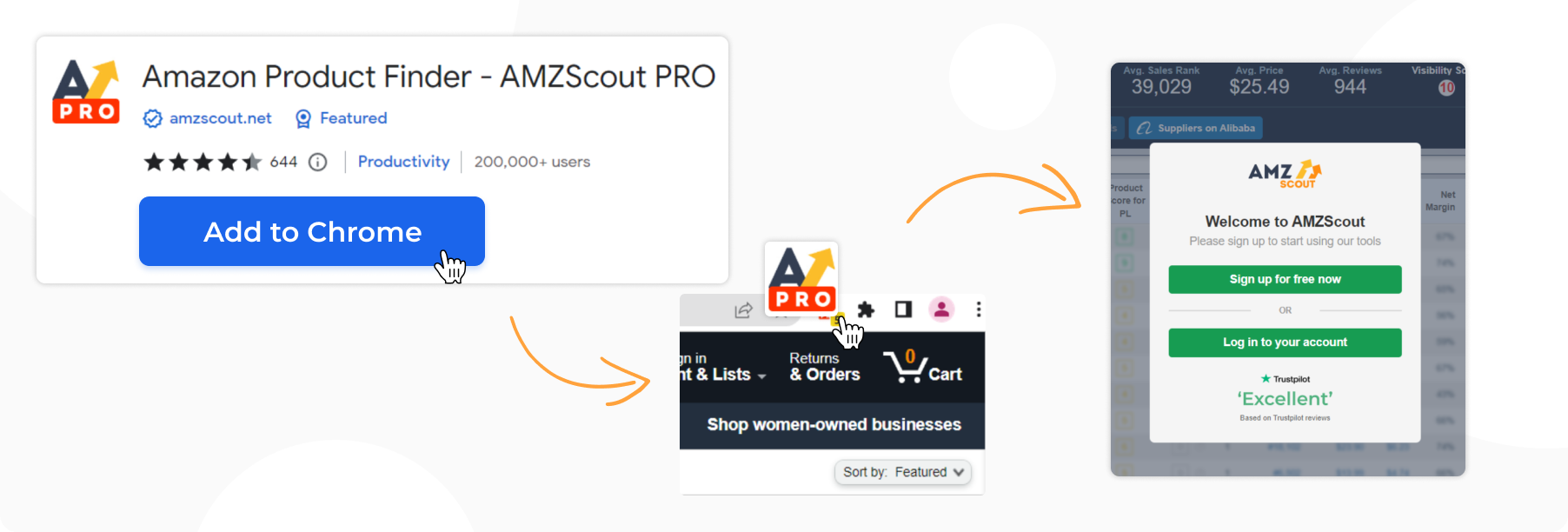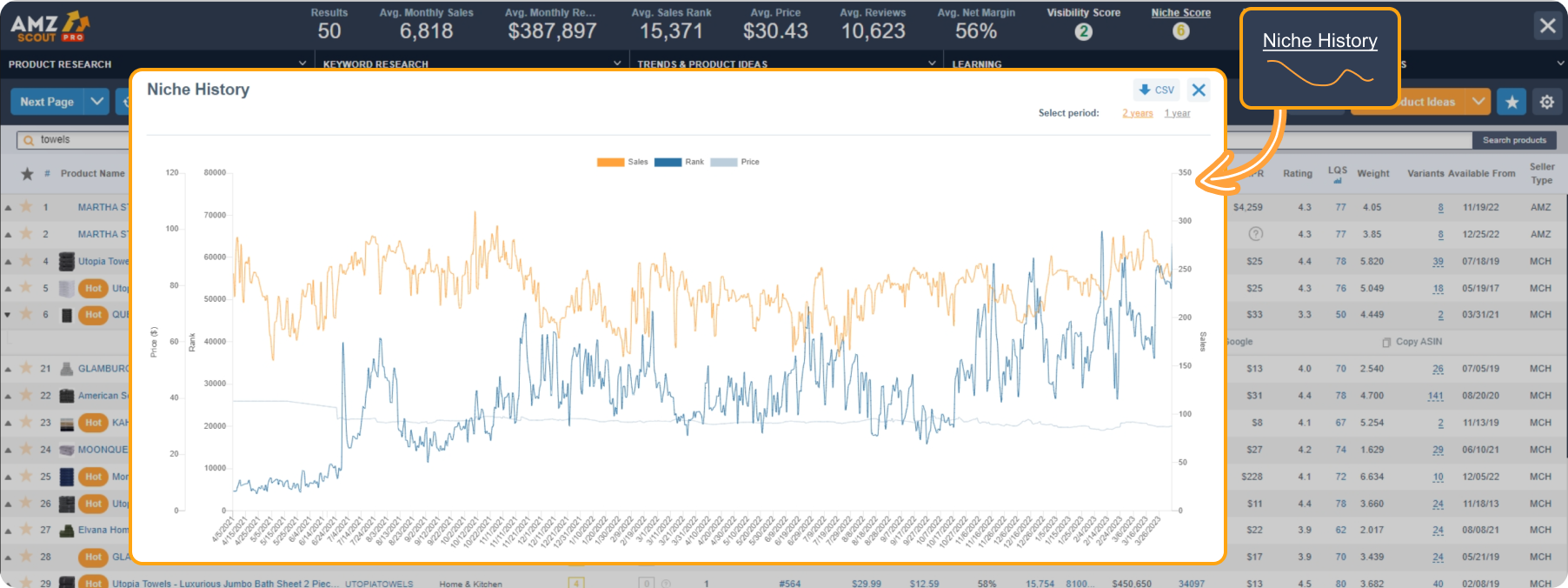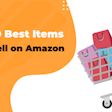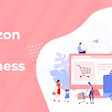
How to Master Amazon Seller Fulfilled Prime Program in 2025
The two primary fulfillment methods on Amazon are FBA (Fulfillment by Amazon) and FBM (Fulfillment by Merchant). While FBA offers the advantage of access to Amazon Prime with its vast customer base of loyal and frequent shoppers, FBM provides sellers with greater control over their inventory and potentially lower costs. For those looking to combine the best features of both, “Seller Fulfilled Prime” (or SFP) is the way to go.
In this article, we'll delve into the benefits of SFP and explore strategies that optimize its effectiveness.
What Is Amazon Seller Fulfilled Prime?
Seller Fulfilled Prime (SPF) is an Amazon program that allows you to ship products directly to Prime members from your warehouse. Upon enrollment in SFP, you receive an Amazon Prime badge, potentially boosting your sales, as customers are likely to prioritize Prime products because of the superior service associated with Prime membership. However, Amazon does charge fees for this service, with the primary requirement being that you can guarantee 2-day shipping.
Differences from FBA and FBM
The primary difference between SFP (Seller-Fulfilled Prime) and FBM (Fulfilled by Merchant) is that SFP sellers pay fees to Amazon, granting them the advantage of accessing Prime members, which is not available to FBM sellers.
Additionally, customers are more inclined to choose SFP products over FBM items, since SFP ensures guaranteed 2-day delivery. Furthermore, timely shipping plays a pivotal role in the Buy Box algorithm, making Prime shipping through SFP a potential game-changer.
FBA (Fulfillment by Amazon) sellers also gain access to Prime customers, albeit with higher fees paid to Amazon, whose staff picks and packs products at their Amazon fulfillment centers. In contrast, Seller Fulfilled Prime sellers handle these tasks on their own, affording them increased control over the fulfillment process.
Sellers must carefully evaluate each fulfillment method to determine the most suitable option for their own business needs. Below, we'll delve into the advantages and disadvantages of SFP.
Is SFP Worth It?
SFP can be quite profitable, but it also depends on various factors, including your preferred business model and product selection. Here are some things to consider to help you determine if SFP is right for you:
Pros:
No FBA Fees: Unlike FBA, SFP sellers only pay a 2% fee per sale, potentially resulting in lower overall costs.
Inventory Control: SFP sellers have greater control over their inventory, allowing them to avoid out-of-stock situations and customize packaging.
Customer Service: SFP sellers can leverage Amazon's after-sale customer service to address customer queries.
Amazon Prime: SFP sellers receive a Prime badge, which is synonymous with quality and can lead to increased sales by attracting Prime customers.
Buy Box: SFP sellers have a higher chance of winning the Buy Box due to the Amazon algorithms.
Prime Day: Amazon Prime Day offers significant discounts and promotions to Prime members, enabling sellers to showcase products and clear out their inventory.
Cons:
Shipping costs: SFP sellers typically rely on third-party logistics (3PL) which can lead to high shipping costs.
Storage and Fulfillment: SFP sellers are responsible for storing, packing, and shipping orders themselves, which can become time-consuming.
Returns: While Amazon facilitates refunds for returns, an SFP seller has to organize the return process on their own.
Strict Requirements: SFP sellers must consistently demonstrate their ability to meet Amazon requirements in order to maintain Prime eligibility.
SFP offers greater visibility opportunities than FBM, and higher potential sales numbers at a lower cost than FBA. In the next section, we'll discuss how to enroll in the Seller Fulfilled Prime program.
How to Enroll in SFP
Follow these easy instructions to enroll in the SFP program:
1. Apply for SFP through your Seller Central account.
2. Complete the Eligibility Check application. Enter your business information. You'll receive a response within one business day. The criteria needed to pass the eligibility check include:
U.S. home address. Your default shipping address must be located within the United States.
Amazon Professional seller account. You are required to purchase this plan (which costs $39.99).
High Order Volume. Sellers need to have shipped a minimum of 100 packages in the past three months.
On-Time Delivery. 99% of orders must have a valid tracking rate and be delivered in a timely manner, even on weekends. This demands expedited shipping by the seller.
Low Cancellation Rates. Sellers have to maintain a low rate of order cancellations, indicating stringent inventory management practices.
3. If eligible, proceed through the trial period. In order to get approved for Amazon SFP, sellers must successfully complete a 30-day trial period while adhering to strict guidelines. These guidelines include meeting requirements for fast delivery, providing free and on-time national shipping, and more.
After qualifying for SFP, maintaining consistent service quality is essential to remain eligible for the program.
What Types of Products Are Best for SFP?
Once you’re approved for the SFP program, you can list your inventory with SFP as a fulfillment method. Due to the specifics of this program (meaning you pack and ship orders directly yourself), you can consider offering products like:
High-value items: SFP sellers can offer superior care for high-value items, ensuring both their safety and the potential for high margins.
Products with seasonal or unpredictable demand: SFP sellers can manage stock levels efficiently during peak demand periods.
Items with variations: Since SFP sellers pack orders themselves, they need to pay close attention to sizes and colors to avoid errors and negative reviews.
Slow-moving goods: Unique items, seasonal goods, and products from lesser-known brands may face slow sales due to limited demand or consumer trust. Since SFP sellers are joy bound by Amazon's storage limits, they can handle these types of products despite potential storage costs.
Inventory that requires special handling or preparation: SFP sellers have greater control over packaging, enabling efficient processing of fragile items.
If your product meets the above criteria, then SFP may be the right method for you. However, if you haven't chosen a product to sell yet, it's worth analyzing products for demand and other parameters to select the most financially rewarding option. In the next section, we’ll discuss how to identify promising items.
How to Check Products for SFP
To determine if an item is worth selling, you have to analyze numerous parameters and perform calculations to assess profitability, which can be challenging and time-consuming. To streamline this process, consider using the AMZScout toolkit. This software offers access to a product's sales history and other data, enabling you to estimate monthly revenue and net margins.
To assess if an item is worth selling, follow these steps:
1. Install the AMZScout PRO Extension for Chrome. Enter your email address to start a free trial.
2. Search for a product. Enter the name of a product you're considering selling into the Amazon search field.
3. Open the AMZScout PRO Extension. Click on the AMZScout icon in the upper corner of your browser.
4. Assess the niche trends.
Review the "Niche Score" in the upper right-hand corner of the page to access text explanations about niche profit, demand, and competition.
Click "Niche History" to verify if the level of demand within the niche is stable.
5. Check the individual item’s performance. Click "Product History" below the item you are interested in.
Analyze the sales history to determine if there are seasonal fluctuations and observe the overall trend.
View the price history to understand pricing trends over time.
6. Calculate your potential profit. Click on the "Profit Calculator" below the item to assess the profit per unit. Ensure that it substantially exceeds the expenses associated with the product.
Performing this kind of analysis will help you identify high-margin products and assess sales trends, allowing for effective planning of inventory management, which is crucial for SFP. This ensures that you can maximize your profitability and meet customer demand efficiently while maintaining the high standards expected by Prime customers.
FAQ
How much does it cost to participate in the SFP program?
Participation in the SFP program incurs a fee of 2% for each sale, in addition to the standard 8-15% Amazon fees.
How do you qualify for SFP?
To qualify for SFP, Amazon sellers need to maintain high performance metrics and commit to Prime shipping, including guaranteed 2-day delivery. For more information click here.
Who pays for shipping with SFP, FBA, and FBM?
With the SFP and FBM scenarios, it's the seller who is responsible for shipping costs. In the case of FBA, the shipping cost is incorporated into the overall fulfillment fees that the seller pays to Amazon.
How can you choose between SFP and FBA?
When deciding between SFP and FBA, consider various criteria like inventory control, convenience, and costs. SFP offers greater control over inventory and entails lower Amazon fees compared to FBA, but requires additional expenses and effort when it comes to shipping and storage.
Conclusion
Choosing the right fulfillment solution is crucial for managing business costs and enhancing product visibility. Pairing the SFP method with a suitable product can be your key to success. AMZScout helps sellers identify profitable goods for the SFP program, ensuring a stable online business and higher revenue.







